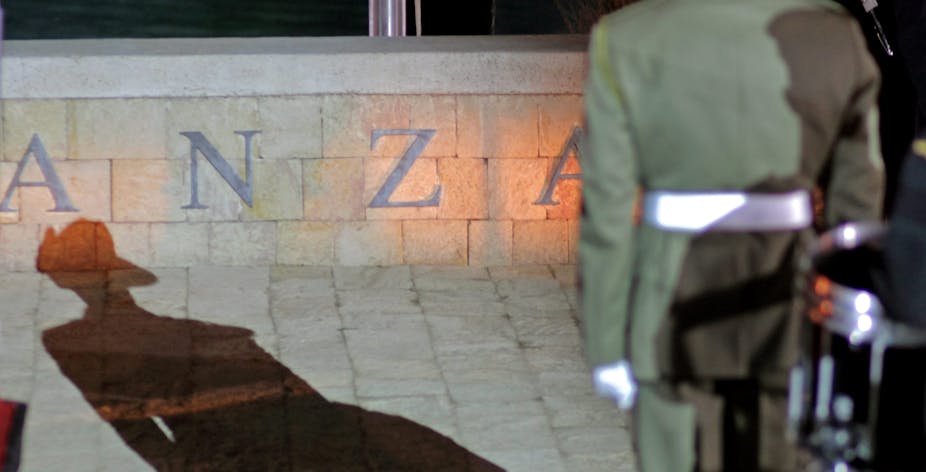Many place the Anzac legend at the heart of the Australian national identity. But some have rightly challenged this idea, opening up debate about why the Anzac story is so central to our national mythology.
Nonetheless, the popular fascination with the Anzac experience is in no danger of fading away. As the centenary of Gallipoli fast approaches, we’re continually drawn to the stories of ordinary people and the experience of Australians in World War I.
It is the “everyday” experience of soldiers often concealed by the larger national narrative that can tell us more about the human reality of the war.
Soldier slanguage
Slang is one way in which we can explore the everyday culture created by Australian soldiers while serving in World War I. It testifies to the creativity of language and the way the war shaped Australian English, but also tells us something about the world soldiers inhabited during wartime.
In 1919, the magazine All Abaht It, the publication of the Australian 10th Field Ambulance, commented that “[t]o the uninitiated, the Australian Soldier has a language all his own – he calls it "Dinkum Australian”. It has three very marked properties – forceful, expressive, and unprintable.“

While much of this "expressive” language no doubt consisted of expletives, Australian soldiers used many slang terms that conveyed their attitudes to war and reflected their distinct identity.
A number of terms used today in Australian English were first recorded or popularised in the trenches of World War I. These include furphy, dinkum oil, dinky-di, good oil, gutzer, king-hit, possie, stonkered and of course, Aussie, Anzac and digger.
But some terms didn’t last beyond the war, including Billzac (a blend of Billjim and Anzac), flybog for jam, magnoon for mad (borrowed from the Arabic), and roar up meaning reprimand.
Making sense
Australian soldiers also used terms that were commonly used by the English and/or other Dominion troops, but which were for all of them distinctive words that described their war: brass hat for officer, PBI which stands for the Poor Bloody Infantry, chats for lice, go west for dying, imshi for go away (borrowed from the Arabic by soldiers in Egypt), napoo for finished or gone, slacker, stunt for an attack, and whizz-bang for a type of shell.

As is clear from many of the words cited above, soldiers used slang as a means of making sense of the world of war and military life. Dinkum oil, good oil and furphy (along with the popular British eye-wash) are all terms referring to the veracity or otherwise of information – frustratingly hard to determine in the context of war.
Distinctions between the average digger and the brass hats were expressed in the language of troops, and descriptors of everyday conditions such as flybog and chats capture the reality of life in the trenches.
Trench publications
Australians often used humour to help cope with the dark realities of war – evident in their slang and in the great variety of troop publications produced.
The Australian soldier slanguage was given currency and authority through the trench publications they created – some ephemeral, some long-lasting. These publications allowed a distinctive soldier culture, including its language, to be expressed and recorded.
To some extent the creation of these publications reflected a desire on the part of the Australian soldiers to define themselves as a community – thus helping troop cohesion and morale.
At the same time, there was clearly a desire for the soldiers’ culture to be shared with those at home. They not only sent home postcards and letters but often sent their trench publications too.

